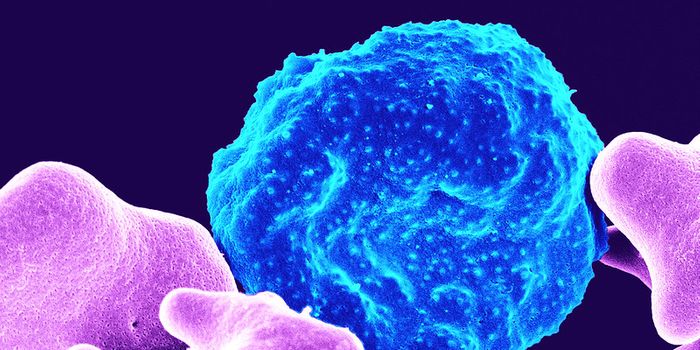Are There Actually Five Subtypes of Alzheimer's Disease?
Cerebrospinal fluid (CSF) plays a crucial role in the central nervous system (CNS); it physically protects the brain and spinal cord, helps maintain nervous system function, and facilitates the communication between various organ systems and the CNS. Studies have shown that there are some biomarkers of Alzheimer's disease in CSF.
Research has indicated that the CSF of Alzheimer's patients is different from the CSF of unaffected people in terms of protein composition. However, there has been some disagreement in research studies about whether there are significant differences in CSF biomarkers among different subtypes of Alzheimer's. For example, one study suggested there were not major differences, while another recent study has suggested that CSF can indeed distinguish between Alzheimer's subtypes.
Alzheimer's disease is the most common cause of dementia, which is a loss of normal cognition. The first symptoms of Alzheimer’s are known to vary from one patient to another, and the cognition problems that people initially experience might relate to various things like vision, word finding, or impaired reasoning or judgment. Multiple genes and lifestyle factors can also influence the development of the disease.
In a new report in Nature Aging, scientists have suggested that there are actually five distinct subtypes of Alzheimer's disease, which can be distinguished by analyzing proteins in CSF. In this proteomics study, the levels of over 1,000 proteins were assessed in CSF samples that had been obtained from 419 Alzheimer's patients and 187 unaffected volunteers. This effort revealed various patterns, which could be classified into five groups that are indicative of Alzheimer's subtypes, one through five, the study suggested.
Compared to other groups, patients in subtype one, for example, had different levels of a protein that is associated with hyperplasticity, and higher amyloid levels. Patients in subtype two carried CSF proteins that have been linked to innate immune activation, leading to the abnormal pruning of synapses in microglia, which are a type of immune cell in the brain. Subtype three was characterized by RNA dysregulation. Subtype four seemed to be indicative of dysfunction in choroid plexus cells, where CSF is generated. Finally, subtype five indicated that the the blood-brain barrier was abnormal, and amyloid production was abnormally low. There were also genetic signatures that were linked to each subtype.
The study noted that this research may explain why Alzheimer's therapeutics have shown disappointing results up to this point; each subtype might require a totally different treatment approach. The researchers added that an analysis of CSF could help scientists and clinicians distinguish between the Alzheimer's subtypes in patients, and potentially engineer better therapeutic options. More work will be needed to confirm these findings, however.
Sources: Medical Express, Nature Aging









